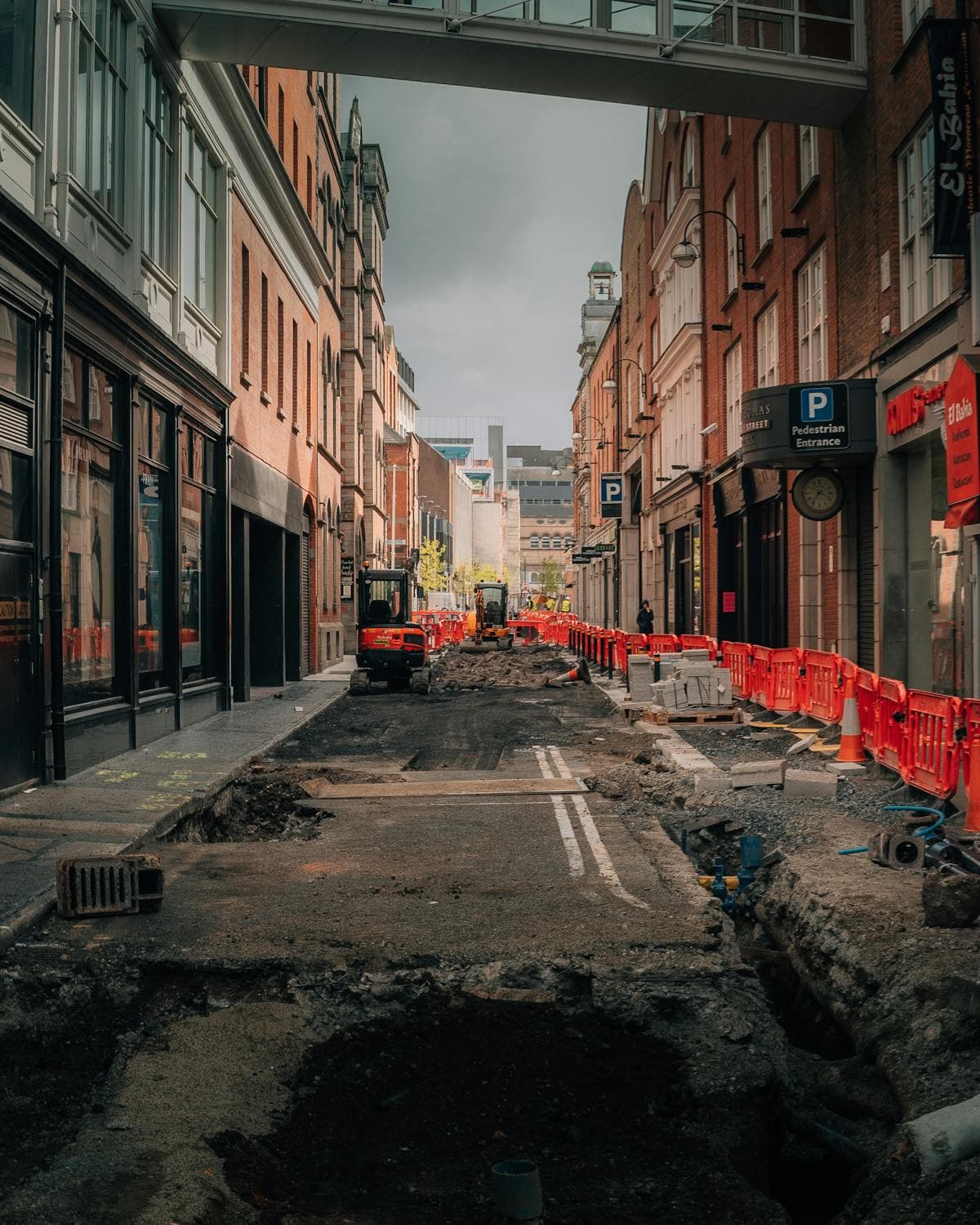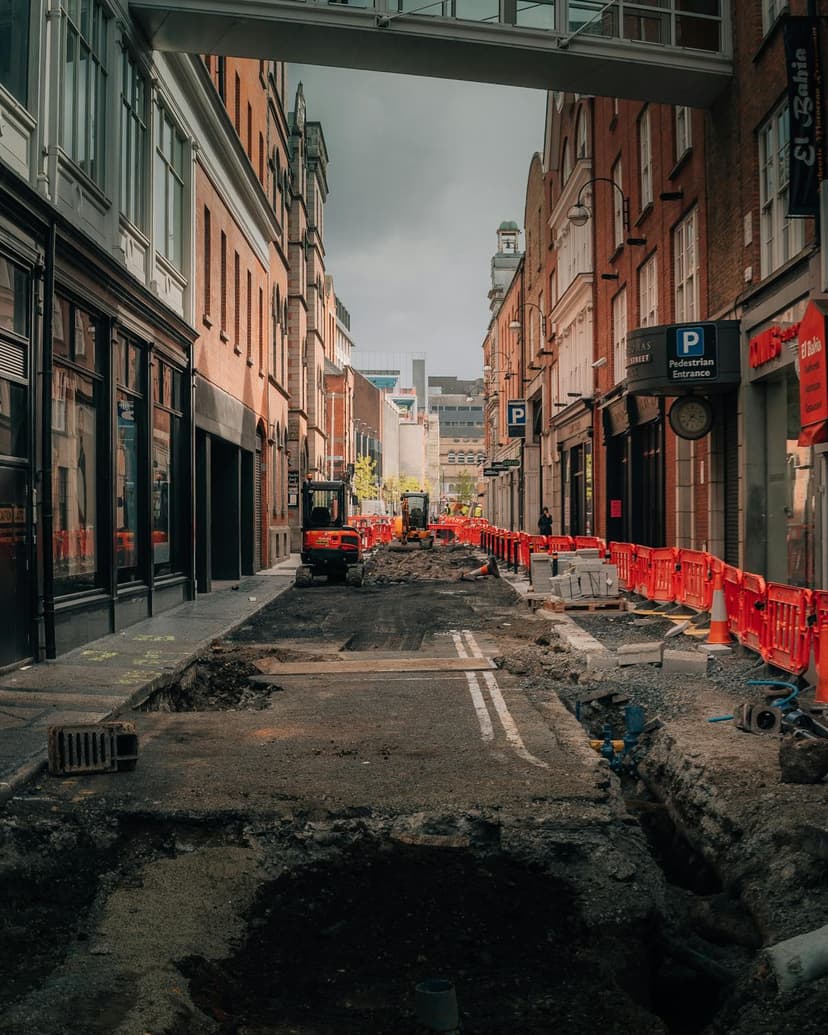What is the <picture> Element in HTML and How is it Used?
The <picture> element in HTML is used to provide multiple versions of an image for different display conditions. This is particularly useful for responsive design, where you want to serve different images depending on the device's screen size, display resolution, or other factors.
Structure of the <picture> element
The <picture> element is a container for zero or more <source> elements and one <img> element. The <source> elements define various images to load under specific conditions, while the <img> element provides a default image if none of the conditions are met.
Here is a basic example of the <picture> element:
<picture> <source media="(min-width: 800px)" srcset="large-image.jpg"> <source media="(min-width: 500px)" srcset="medium-image.jpg"> <img src="small-image.jpg" alt="A beautiful scenery"> </picture>
Explanation
<source>elements: These contain themediaattribute, which is a media query specifying when the particular image should be used. Thesrcsetattribute specifies the URL of the image.<img>element: This acts as a fallback image. If none of the<source>media queries match, this image will be displayed.
Benefits of using <picture>
- Responsive Images: Different images can be loaded based on screen size or resolution, optimizing loading times and data usage.
- Art Direction: You can serve different versions of an image for different devices, ensuring the best presentation.
Overall, the <picture> element is a powerful tool for creating responsive web designs that adapt to various user contexts, improving both performance and user experience.


